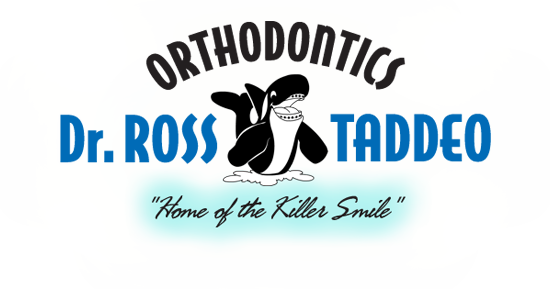Which Orthodontic Problems Should be Treated Early?
Posted on 04/01/2021
What Problems Should Be Treated First, and At What Age?
Find out what early child orthodontic treatment involves, and what to expect.
Anyone at any time can receive orthodontic treatment, no matter what stage of life they're in. While it's never too old to start orthodontic treatment, there are advantages to starting young for some treatments. Early treatment can include dealing with malocclusions (such as crossbites, crowding, and protruding teeth) that make it harder for children to eat, speak, and clean their teeth. If these problems are left untreated early, it can cause severe problems into the future, when your child enters into adolescents and adulthood. It's also best to have your child see an orthodontist as early as age 7. It can especially be helpful to treat problems early, when a child's jaw is still growing. Common Early Orthodontic Treatments
Here are orthodontic problems that are commonly treated early:
- Crossbite/ Incorrect Bites- A severe crossbite happens when the upper teeth come down behind the lower teeth when the jaw is closed. Incorrect bites can also include open bites (when the upper and lower front teeth are not closing) or overbites (when the Upper front teeth close so far over the lower ones).
- Crowded & Misplaced Teeth- When a mouth is overcrowded with baby and adult teeth, there is a risk that unerupted adult teeth will be damaged or come through in the wrong place. Overcrowding usually happens when the jaw is not big enough. Expanding the size of a child's jaw is much easier before the bones harden and stop growing in the later teenage years.
- Protruding Teeth- Protruding teeth are most commonly seen in coordination with an overbite where the upper jaw protrudes abnormally far over the lower jaw. Teeth that protrude are often more prone to getting chipped or fractured.
- Thumb Sucking- When a child sucks their thumb (and if it continues past the early years), they can do significant damage to their teeth. A thumb regularly resting on a gum can cause jaw problems. Front teeth can be pushed out and cause bite problems.
Phases - Phase 1- Phase 1 includes early orthodontic treatment, when your child has their baby teeth. The goal is to ensure proper jaw structure is in place to make room for the eruption of permanent teeth. During this phase, orthodontic appliances such as expanders or partial braces may be used to prevent overcrowding, overbites, or other oral abnormalities. Your child should start phase 1 at around age 7.
- Phase 2- Phase 2 is when your child has all their permanent teeth. Braces are used to correctly align the teeth and achieve proper jaw positioning to improve teeth function. Your child should start phase 2 at around 12.
Does Your Child Need Orthodontic Treatment?
If you believe that your child needs orthodontic treatment, come see us at Taddeo Orthodontics! We want your child not only to look great, but to feel great as well about their oral health! If you have any questions or concerns, please contact us today! We are here to guide you on which treatment plan is best for your child. Schedule an appointment with us today, we are excited to meet you!

